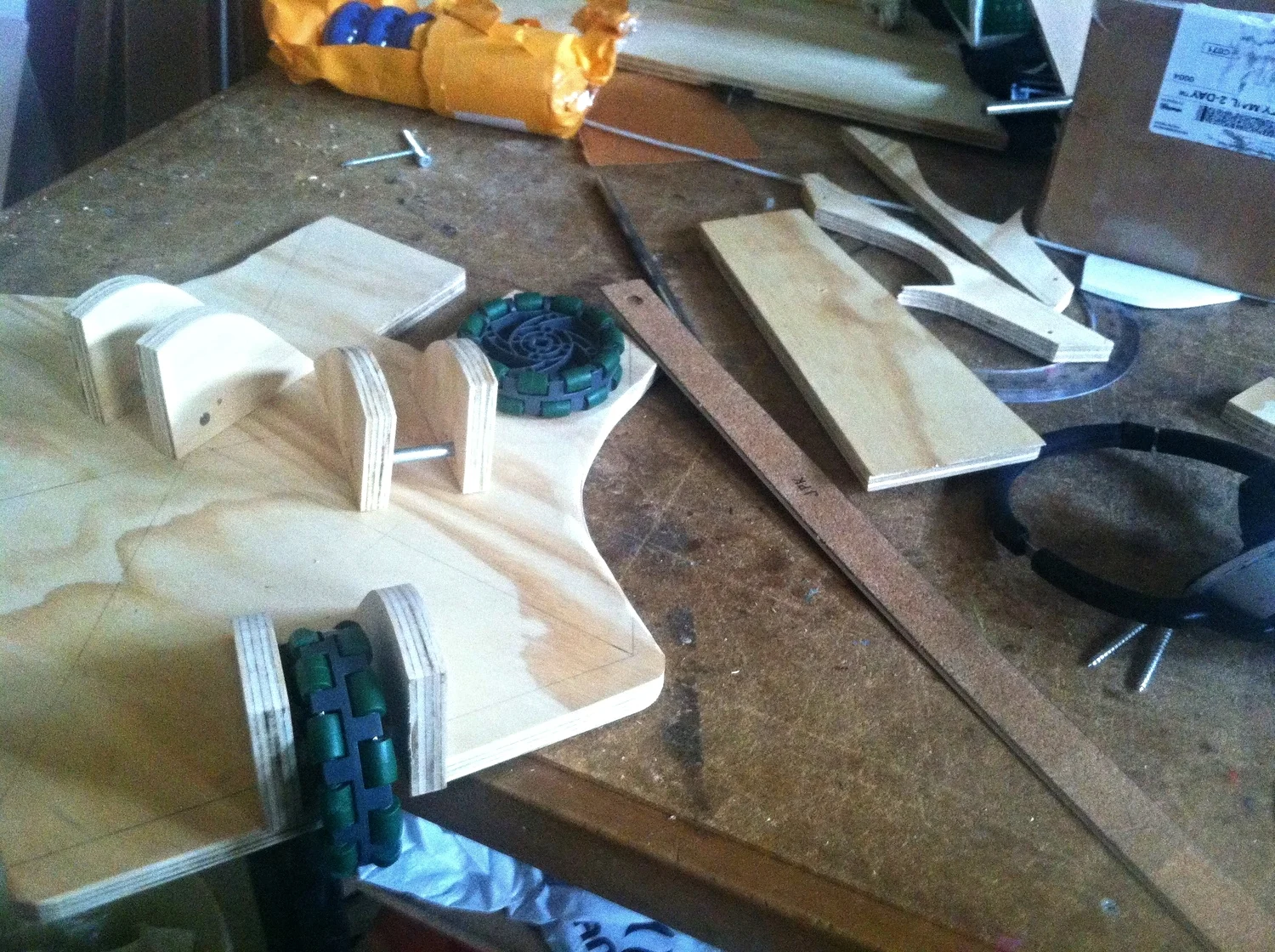Now that we have a focus on blocks, we need to give them a name. Hundreds of post-its and whiteboard markers were used in our efforts, as were a few foam darts and many flying cubes. Unfornately, in all the fun, we forgot to take photos :(
So instead, here's a photo of some of the behaviors and observations we've discovered about how children play. The process of designing is messy and non-linear, and we hope you like this snapshot of our process.
We're down to three names for our blocks, and after some in-home tests, we hope we'll have a winner!
In case you ever wondered, our thinking is to create a name that is meaningful, no more than three syllables, and ideally descriptive in some way. It seems to be working so far, and we'll keep everyone posted as to how it turns out!






